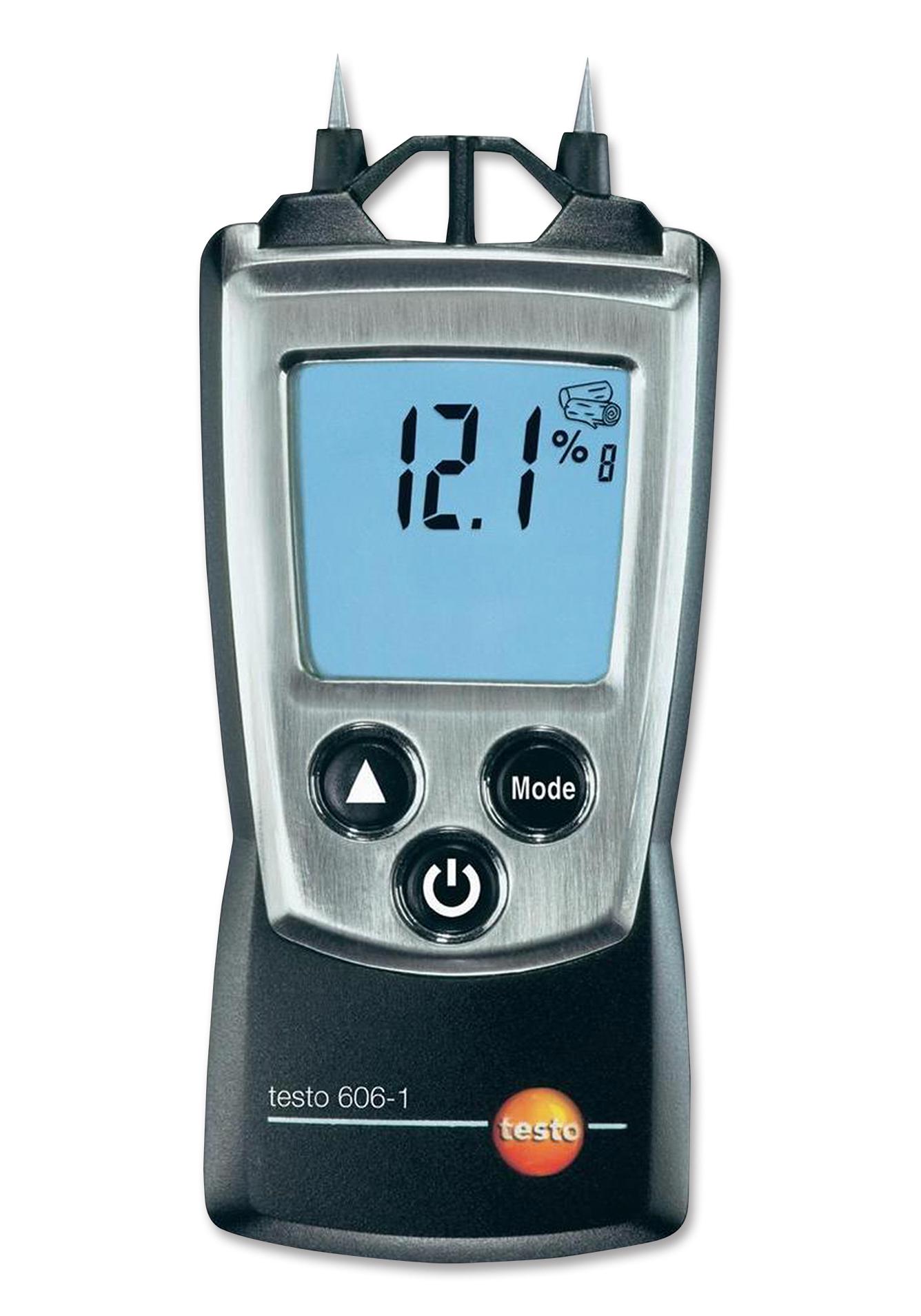Understanding the Relevance of a Moisture Meter in Stopping Mold and Water Damage in your house
In the world of home upkeep, the visibility of wetness can often be a quiet yet awesome adversary, capable of triggering pervasive mold and mildew growth and perilous water damage if left uncontrolled. In the middle of the tranquil ambiance of a house, hidden dampness issues can brew beneath the surface, posturing a risk to both residential or commercial property and health and wellness. However, equipped with the right tools and expertise, homeowners can proactively deal with these potential threats. Recognizing the importance of a wetness meter in this fight is not merely an option however a critical need.
Significance of Moisture Discovery
Reliable wetness discovery methods are vital for guarding homes and stopping possible mold and mildew development and water damages. Wetness can permeate into different building materials, leading to architectural concerns and wellness dangers. By using a dampness meter, homeowner can proactively determine locations prone to excess moisture, permitting prompt treatment and mitigation techniques.
Moisture meters offer accurate analyses of wetness levels in various materials such as concrete, drywall, and timber. This information helps in identifying areas of worry, even in hard-to-reach or hidden locations. Early detection of dampness build-up enables prompt repairs or changes to stop further damages.

Just How Moisture Meters Job
Moisture meters play a pivotal duty in the positive identification of excess dampness, aiding in the avoidance of possible mold development and water damage by offering exact readings of dampness levels in various structure materials. These devices function based upon various principles, depending upon their kind. Moisture Meter. Pin-type dampness meters, for circumstances, have two pins that permeate the product to measure the electrical resistance between them. When dampness exists, it boosts the product's conductivity, bring about a lower resistance analysis. Pinless moisture meters, on the other hand, usage electromagnetic sensing units to scan the material without creating damages. These sensing units discharge electromagnetic signals that permeate the product and determine the dielectric residential properties, indicating moisture material. Some progressed wetness meters incorporate both pin and pinless innovations for thorough moisture detection. Recognizing just how moisture meters function is vital for exact and timely wetness degree assessments, allowing efficient safety nets against mold and water damages.
Detecting Early Warning Signs
Upon initial inspection of article source a residential property, identifying subtle signs of excess moisture becomes crucial in the very early discovery of possible mold growth and water damages. Some typical early indication consist of mildewy smells, water stains on ceilings or walls, peeling paint or wallpaper, and deformed or tarnished surfaces. Mildewy odors commonly indicate the presence of mold and mildew or mildew, also if no noticeable indications appear. Water stains can signify leaks or seepage, while peeling off paint or wallpaper may be an outcome of wetness endangering the bond of these materials to the surface area. Warped or blemished surfaces, such as bending floorboards or tarnished drywall, are clear indicators of water damages. In addition, a boost in allergic reaction signs or breathing problems amongst residents might suggest the existence of mold due to excess dampness. By quickly recognizing and resolving these early caution signs, house owners can minimize the threat of substantial mold and mildew growth and water damages in their properties.
Preventing Mold Development
Acknowledging see this very early warning indicators of excess moisture within a building not only allows timely discovery of potential mold growth and water damages but additionally offers as a proactive step in stopping the expansion of mold and mildew. To effectively avoid mold growth, it is crucial to attend to any kind of resources of dampness promptly.
Checking dampness degrees in areas vulnerable to wetness, such as cellars and creep areas, using a dampness meter can also help in very early detection of raised wetness degrees and prospective mold development - Moisture Meter. By taking positive actions to protect against excess dampness and mold development, home owners can protect their building and indoor air quality.
Benefits of Routine Tracking
Routine surveillance of wetness degrees in a building can play a crucial role in maintaining a healthy and balanced indoor setting and avoiding prospective mold and water damages. By consistently checking moisture degrees, property owners can identify any issues quickly and take required actions to prevent mold growth and water damage.
Moreover, normal monitoring permits house owners to track patterns and trends in dampness levels over time. Eventually, the consistent surveillance of dampness levels equips homeowners to safeguard their building, safeguard their health, and preserve webpage the stability of their indoor atmosphere.

Final Thought

By utilizing a moisture meter, residential property proprietors can proactively determine locations prone to excess moisture, permitting for prompt treatment and reduction approaches.

Keeping track of moisture degrees in locations vulnerable to dampness, such as cellars and crawl rooms, using a moisture meter can additionally assist in early detection of raised dampness degrees and possible mold and mildew development. (Moisture Meter)